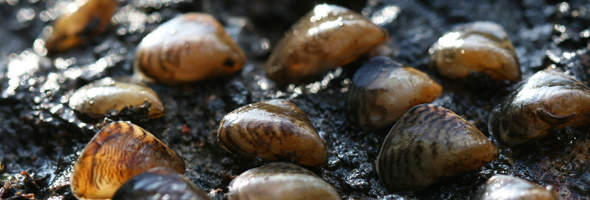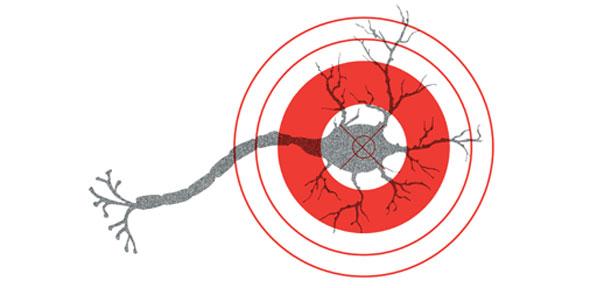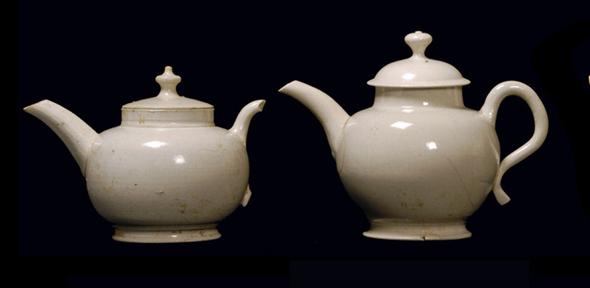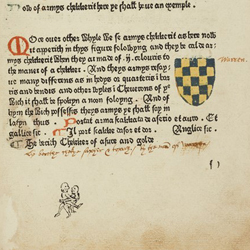
Five of the most high-risk freshwater invaders from the Ponto-Caspian region around Turkey and Ukraine are now in Britain - including the quagga mussel, confirmed just two weeks ago on 1 October in the Wraysbury River near Heathrow airport.
Researchers say that, with at least ten more of these high-risk species established just across the channel in Dutch ports, Britain could be on the brink of what they describe as an ‘invasional meltdown’: as positive interactions between invading species cause booming populations that colonise ecosystems - with devastating consequences for native species.
The authors of a new study on 23 high-risk invasive species, published today in the Journal of Applied Ecology, describe Britain’s need to confront the Ponto-Caspian problem - named for the invaders’ homelands of the Black, Azov and Caspian seas - as a “vital element for national biosecurity”.
They say monitoring efforts should be focused on areas at most risk of multiple invasions: the lower reaches of the Rivers Great Ouse, Thames and Severn and the Broadlands, where shipping ballast water and ornamental plant trading is most likely to inadvertently deposit the cross-channel invaders.
All of these areas are projected to see an influx of up to twenty Ponto-Caspian invading species in the near future.
“Pretty much everything in our rivers and lakes is directly or indirectly vulnerable,” said Dr David Aldridge, co-author from the University of Cambridge’s Department of Zoology, who confirmed the quagga find.
“The invader we are most concerned about is the quagga mussel, which alarmingly was first discovered in the UK just two weeks ago. This pest will smother and kill our native mussels, block water pipes and foul boat hulls. We are also really worried about Ponto-Caspian shrimps, which will eat our native shrimps.”
The most aggressive invasive shrimp have ominous monikers: the demon shrimp, bloody red shrimp and the notorious killer shrimp - dubbed the ‘pink peril’.
These organisms have already been recorded in Britain, and experts warn they will act as a gateway for further species due to favourable inter-species interactions that facilitate invasion, such as food provision and ‘commensalism’ - in which one species obtains benefits from another’s place in an ecosystem.
The researchers point to the example of the zebra mussel, a Ponto-Caspian outrider and relation of the quagga first seen in the UK in 1824 and now widespread. Zebra and quagga mussels smother Britain’s native mussels, preventing them from feeding and moving. The invading mussels also provide an ideal home for Ponto-Caspian amphipods such as killer and demon shrimps, which have striped patterns to blend in with the mussels’ shells.
These amphipods, in turn, provide food for larger invaders such as goby fish. Ponto-Caspian gobies have now made their way down the Rhine, one of the main “corridors” to Britain, with populations exploding in the waterways of western France over the last few years. The invading gobies eat native invertebrate and displace native fish such as the already threatened Bullhead.
Once the Ponto-Caspian species reach coastal areas of The Netherlands, they are transported across the channel in ballast water taken on by cargo ships, or hidden in exported ornamental plants and aquatic equipment such as fishing gear.
“If we look at The Netherlands nowadays it is sometimes hard to find a non-Ponto-Caspian species in their waterways,” said Aldridge.
“In some parts of Britain the freshwater community already looks more like the Caspian Sea. The Norfolk Broads, for example, typically viewed as a wildlife haven, is actually dominated by Ponto-Caspian zebra mussels and killer shrimps in many places.”

“Invasive species – such as the quagga mussel – cost the UK economy in excess of £1.8 billion every year,” said Sarah Chare, deputy director of fisheries and biodiversity at the UK Environment Agency.
“The quagga mussel is a highly invasive non-native species, affecting water quality and clogging up pipes. If you spot one then please report it to us through the online recording form.”
Through an in-depth analysis of all reported field and experimental interactions between the 23 most high-risk invasive Ponto-Caspian species, the researchers were able to identify 157 different effects - the majority of which enabled positive reinforcement between species (71) or made no difference (64).
Dates and locations of the first British reports of 48 other freshwater invaders from around the world show that 33% emerged in the Thames river basin, making it the UK hot spot for invaders, followed by Anglian water networks (19%) and the Humber (15%).
The time between a Ponto-Caspian species being reported in The Netherlands and Britain has shrunk considerably - from an average of 30 years at the beginning of the 20th century to just 5 in the last decade.
“Due to globalisation and increased travel and freight transport, the rate of colonisation of invasive species into Britain from The Netherlands keeps accelerating - posing a serious threat to the conservation of British aquatic ecosystems,” said co-author Dr Belinda Gallardo, now based at the Doñana Biological Station in Spain.
“Cross-country sharing of information on the status and impacts of invasive species is fundamental to early detection, so that risks can be rapidly assessed. A continuing process for evaluating invasive species and detecting new introductions needs to be established, as this problem is increasing dramatically.”
Inset image: quagga mussels found in Wragsbury river by David Aldridge. Killer shrimp by Thomas Smith/Environment Agency
New research shows multiple invasive species with the same origin facilitate each other’s ability to colonise ecosystems. By studying how these species interact as well as current population locations, researchers believe that Britain is heading for an ‘invasion meltdown’ of freshwater species from south east Europe.
The text in this work is licensed under a Creative Commons Licence. If you use this content on your site please link back to this page. For image rights, please see the credits associated with each individual image.























 cataloguing archaeological material is a major task that has taken several years to complete. Ultimately all the material from the coffeehouse will go into storage organised by Cambridgeshire County Council.
cataloguing archaeological material is a major task that has taken several years to complete. Ultimately all the material from the coffeehouse will go into storage organised by Cambridgeshire County Council.



![A stunning architectural frontispiece by the Master of the London Pliny (Inc.1.B.3.2[1360] , Credit: Cambridge University Library](http://www.cam.ac.uk/sites/www.cam.ac.uk/files/styles/content-580x288/public/news/news/141020-privatelivesofprintpliny.jpg?itok=GgBxlC6h)











